
Students will learn how to do basic research on animals that they have read about in a Jan Brett book.
- Subject:
- English Language Arts
- Material Type:
- Lesson Plan
- Author:
- PAMELA PHELPS
- Date Added:
- 12/06/2019

Students will learn how to do basic research on animals that they have read about in a Jan Brett book.
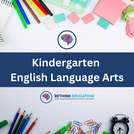
This unit was created by the Rethink Education Content Development Team. This course is aligned to the NC Standards for Kindergarten ELA.
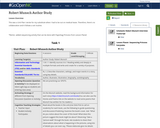
This was a Unit Plan I wrote for my substitute when I had to be out on medical leave. Therefore, there's no collaboration and it follows a set routine. *Remix- added sequencing activity that can be done with Paperbag Princess from Lesson Planet
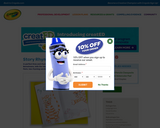
In this lesson, students listen as the book Madeline is read aloud. Students use the text and illustrations to understand the story. They will also identify the rhyming words used in the book. After reading the book, students will make their own rhyming book and illustrate it.
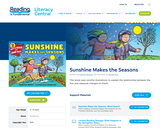
In this lesson, students read a book that uses colorful illustrations to explain the relationship between the Sun and seasonal changes on Earth. After reading the book, students are given one of three leveled reading passages that related to the book's themes, concepts, characters, settings, or subject matter.
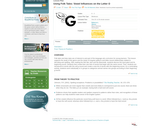
In this lesson, students will read the folk tale Jack and the Beanstalk and discuss the word giant and its beginning sound. Students then create their own lists of words that begin with the same sound. Then, students are introduced to words with the soft g sound and create a new list of words with this beginning sound. As a culminating activity, students work individually or in groups to categorize animal names into groups according to their beginning g sound.

In this lesson, students will use their knowledge of letters and sounds to make an alphabet book that focuses on a specific letter. After the teacher models the given letter sound, each student, in turn, repeats the sound and names a word beginning with that letter sound. The teacher pronounces each word, encouraging students to tell the sounds they hear. The teacher writes the word on chart paper or the board, and then repeats these steps for each student. The sentence, "This is a _____.", is written on each page of the book. Each student draws the word they named beginning with the targeted letter and labels it on the line provided. The pages are then combined into a classroom book.
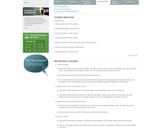
In this lesson, the teacher reveals the first letter of the name, having students whose name start with that letter stand. More letters are revealed and students sit down as their name is ruled out. Once the helper is selected, students read the helper's name, count the letters in the name, clap the syllables, spell the name aloud, add the name to the word wall, and make observations about it. Using magnetic letters, students can create words that rhyme with the helper's name. Many additional ideas for playing with the letters of students' names are also presented here.
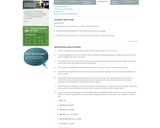
In this lesson, letter-sound correspondences are taught within a meaningful context in an explicit, systematic, and extensive manner. This lesson uses onset-rime analogy to present word families and spelling patterns. An onset is the consonant letter before the vowel in a given word or syllable, and a rime is the vowel and consonants that follow the vowel in a given word or syllable. Thus, in the word bill, the onset is the letter b and the rime is the letters ill. Furthermore, this lesson supports cooperative and integrative learning where students and teacher learn together and carry out tasks collaboratively.

Join Kathy as she tells you the story of the 3 Little Pigs, but - trust us - this is a version you have never heard before. Don't forget to check out part 2.
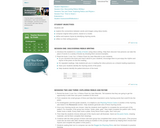
In this lesson, students are first introduced to a variety of books using rebus writing. They then brainstorm lists of rhyming words that they could use in their own rebus poems. Finally, students create their own rebus poems and share them with an audience.